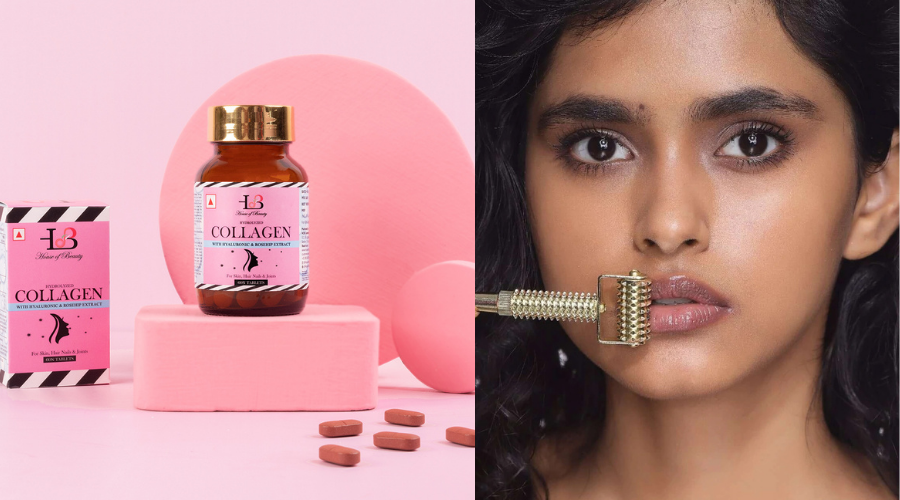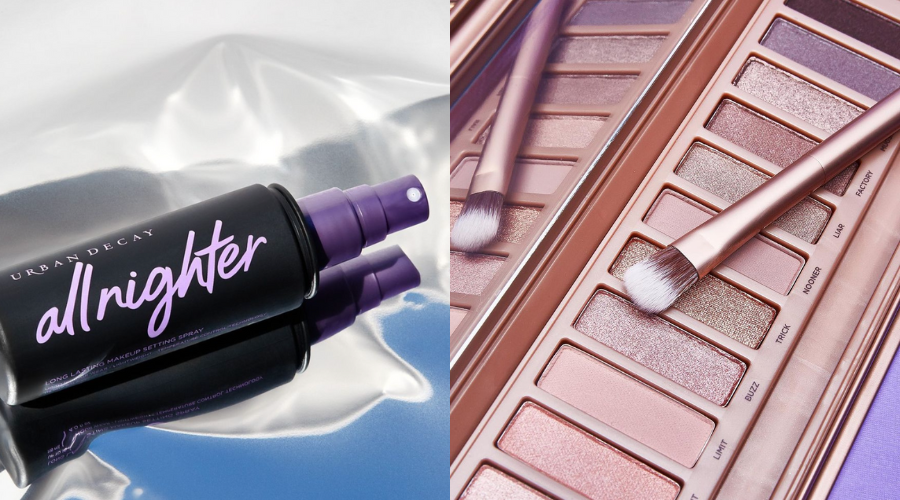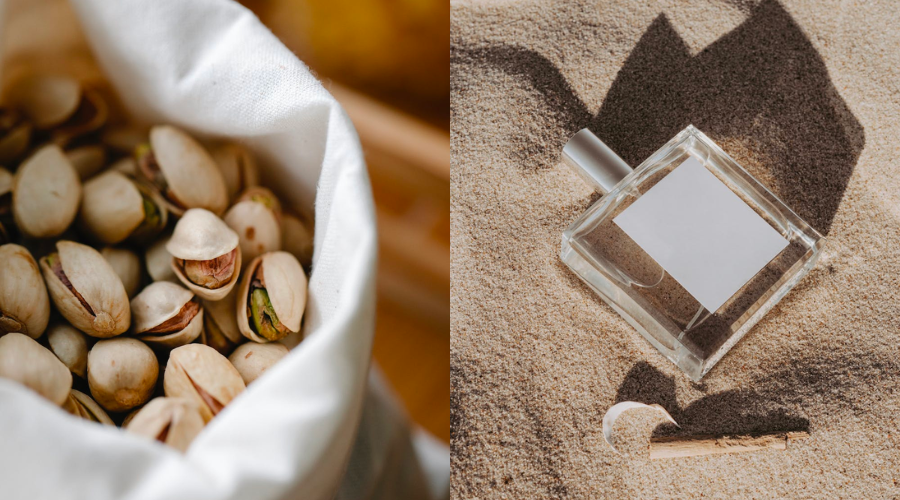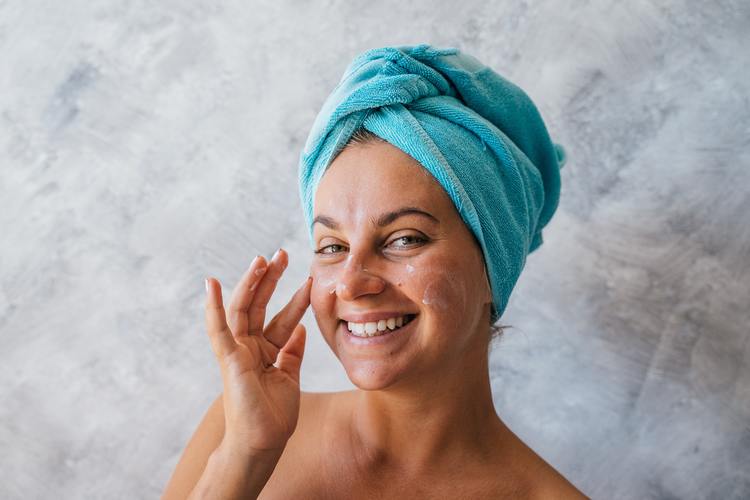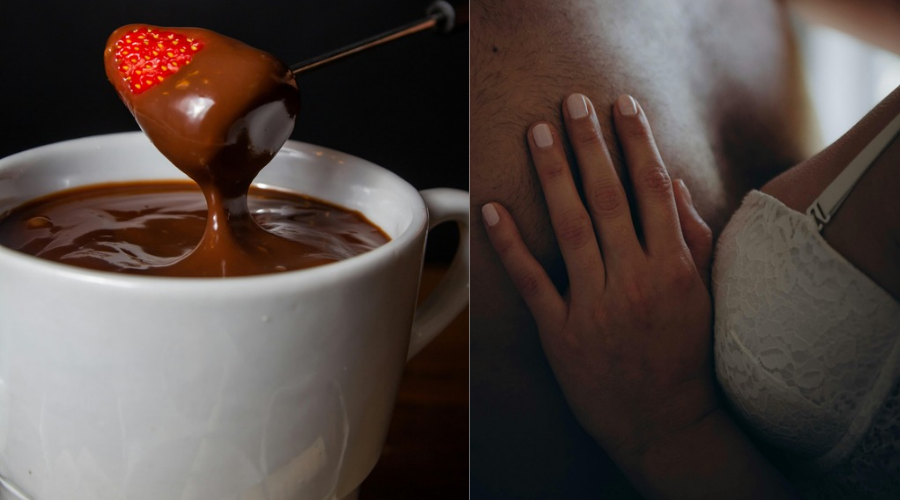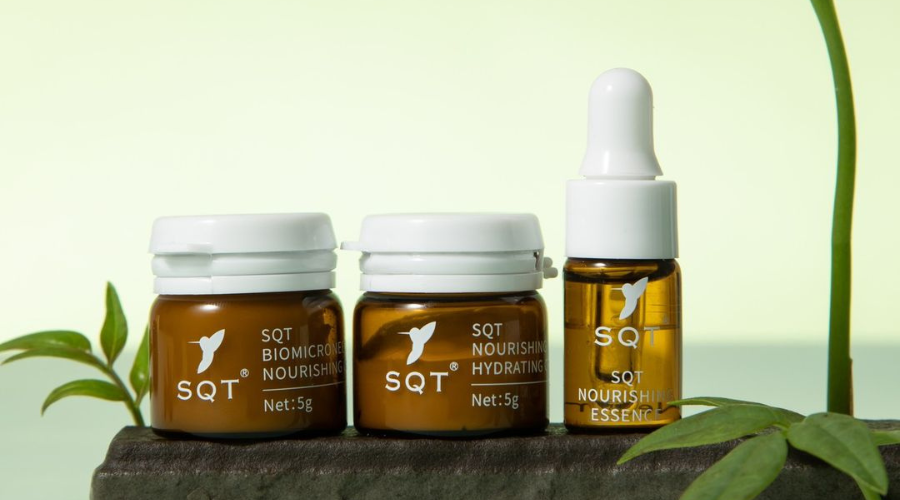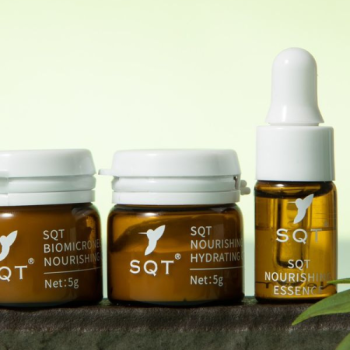Bet the headline drew you in! And a calculated guess says you’re here asking, ‘What are keratolytic agents?’. Nope, it’s not a new ingredient. In fact, you’re probably already using these in your skincare routine. Yes, we’re talking about ingredients like glycolic acid and lactic acid (AHAs), salicylic acid (BHA), urea, propylene glycol, etc.
“Keratolytic agents are compounds which break keratin present in the epidermis of the skin and skin appendages such as hair and nails,” says Dr Jaishree Sharad, internationally renowned cosmetic dermatologist, author, TEDx speaker and founder of Skinfinitii Aesthetic Skin and Laser Clinic in Mumbai.
Benefits of Keratolytic Agents
So, what can these do for your skin and how do they work? “They soften the keratin present in the skin and loosen the skin cells. They dissolve the substance that sticks the skin cells together. In this way, they loosen dry, scaly and thickened skin, and help with exfoliation. Keratolytic agents also help unclog pores, and can even reduce skin thickness. Strong keratolytics can also break the keratin present in hair and nails,” says Dr Jaishree.
These are therefore, most useful in tackling skin and scalp issues such as acne, flaky skin, psoriasis, warts, corns, callosities, dandruff, keratosis pilaris, and seborrheic dermatitis.
Dr Jaishree says she swears by AHAs and BHAs for her clients, and an underrated keratolytic agent according to her is allantoin. “Also known as aluminium dihydroxy allantoinate, allantoin is an extract from the comfrey plant, which is native to temperate climates of Asia and Europe. It has keratolytic and moisturising properties and it hydrates, heals and soothes the skin, and also causes mild exfoliation.”
Do’s & Don’ts of Using These
The key to using keratolytic agents is not to go overboard with them. “Excessive use of keratolytics can damage the upper protective layers of the skin and compromise the skin barrier making the skin more prone to infections and inflammatory disorders, and may even increase skin sensitivity,” says Dr Jaishree. Side effects of overusing keratolytic agents can include redness, slight burning, skin peeling, and skin irritation.
She advises using them only if really needed and when prescribed by a dermatologist after your skin condition has been examined. “Do not apply keratolytic agents on open wounds, cuts, cystic or infected acne, burns, scraped skin,” she cautions. Also, anyone dealing with skin conditions such as herpes simplex infections, atopic dermatitis, or pemphigus should stay away from keratolytics altogether.
We also asked her opinion on pairing keratolytics in the same skincare routine, but she advises against it. “It is better to steer clear of using keratolytic agents in conjunction with each other in the same skincare routine to avoid skin irritation and post-inflammatory hyperpigmentation. Though there are combinations of AHA and BHA available, but these can only be used if you have normal skin,” she points out.
Get To Know Your Keratolytics
Another important thing to keep in mind is there is no set formula when it comes to skincare. What works for a friend or influencer you follow, may not necessarily suit you. So, if you’re trying to figure out which keratolytic agent suits your skin type, pay heed to what Dr Jaishree says: “While normal and oily skin types can easily use all types of keratolytics, those with dry skin or combination skin, should opt for mild keratolytics which contain either lactic acid, or up to 10% glycolic acid or urea. Those with sensitive skin should avoid keratolytics altogether.”
The skincare market is flooded with keratolytics in all formulations, be it creams, cleansers, toners, serums, peels, exfoliants, body washes, etc. So, you can evaluate these and seek advice from your dermatologist to narrow down products that suit your skin type and concern. For the most effective and potent product, serums are the way to go. Dr Jaishree points out that serums have a high concentration of keratolytics, are easier to apply and have better penetration capacity, hence they are more efficacious as compared to creams and lotions.
Have you taken notes yet?

